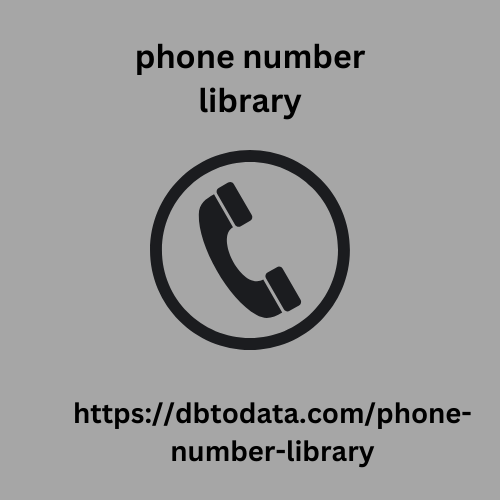An SEO-adapted content is also clear and target group-adapted per “automatic”.
Many people seem to think that Search Engine Optimization (SEO) is a technical measure you start on your website. That’s not how I see SEO (although technology is part of it).
Google has said in its guidelines that one of the basic principles we should follow is to create pages for users and not for search engines. I actually tend to say search optimization instead of search engine optimization, because I think it makes a subtle but important difference in feel.
Some even say that perhaps we should phone number library abandon the concept of Search Engine Optimization and use Search Experience Optimization instead. Then we shift the focus away from the search engine and focus on the user’s experience instead.
Search optimization – a way of thinking
I see SEO almost as a way of thinking, a way of relating to information. For me, creating SEO-friendly content is a way of communicating that is extremely clear and cannot be misunderstood.
And avoiding misunderstandings is not always easy. Feel free to use this article as a starting point for your journey towards clear and search-optimized content. You will notice that you get a target group adapted content in return. Let me
A fictional horror example of unclear communication
Even the simplest email correspondence can turn into veritable hell if you don’t make an effort to be clear.
I have a client who, when he emails me, never writes anything in the subject line. Already after ten emails from him, it is quite difficult, if not impossible to easily find a specific email from him.
He also writes in very general and vague seo tools for website promotion terms like, ‘You know that article you brought up to us a while ago? Do you have it saved somewhere, I can’t find it?’
I roll my eyes and quietly mutter to myself, ‘Nah it’s not that strange, because you never name your files something meaningful. If you had just named the files, you could have easily looked them up on your computer and not had to ask me every time.’ and sighs heavily.
Keep in mind that this is just a fictional example, because such a person cannot exist in reality, or..?
Note the brilliance of this example – if the files are named after things you search for , you can find them too. Just like on Google. If you use the words that your target audience searches for , they can also find your content.
Clarity makes it easier for yourself and for the rest of us
What can we learn from this example? Well, clear au email list communication, regardless of the context, we all win. So write subject lines that really say something and describe the subject. Be specific in the content itself. Include details and call things by their proper names. Also think through how you name your files and where you put them. Don’t just put them in one big pile on the desk. Create a logical folder structure.
The same is of course true when it comes to pages on your website. Instead of subject lines and folder structure, we are talking about page names and page structure, but headings are also important.

